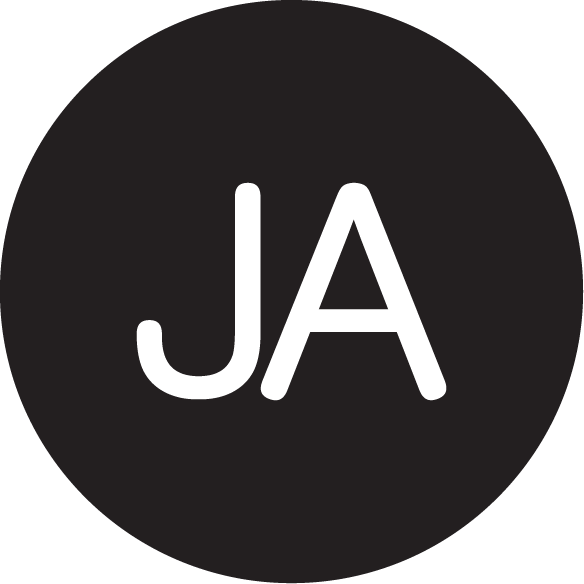Library Journal Design Institute Features JA’s Charrette with Octavia Fellin Public Library
/By Terina McCrawe, Michelle Nogales, Lori Patel, Lisa Peet, and Emily Petty PuckettThis article appeared online in its entirety in December of 2023. You can read it here.
Mona Johnston Zellers explores site solutions with participants at the library journal design institute in hayward california / photo by kevin henegan
While just 22,000 people live in Gallup, NM, the town’s library serves more than three times as many residents from neighboring tribal lands, including the Zuni Pueblo and Diné Nation. Twenty years ago, Octavia Fellin Public Library outgrew its 15,000 square foot main facility and reached what was meant to be a temporary solution: relocating children’s services to a repurposed bank. Now seeking to reunite and expand operations, library leadership wants to build a 65,000 square foot structure that would serve as a multi-use regional resource and welcome diverse communities with inviting gathering spaces and a fluid, indoor-outdoor experience. However, the building site presents acute challenges. A block to the north, an interstate highway roars alongside a river that sometimes floods, while immediately south runs a busy railroad and, beneath it, Route 66.
mary johnston explores site solutions for the octavia fellin library with charrette participants in hayward, california / photo by kevin henegan
Participants formed three teams, each receiving a site map, along with markers and colored tiles, sized and labeled for key spaces. They then wrangled with how to provide safe access, reduce noise, and reflect local Indigenous cultures. After arranging the floor plans, the teams presented their results, which shared many elements. To diminish noise and risk, two groups suggested isolating the railroad with a rammed-earth wall. To underscore the cultural significance of the sun, two groups positioned the library’s entrance at the east. One group proposed building a pedestrian bridge over the tracks to improve the library’s connection to downtown, while others expressed doubt that they could procure legal permission. All three teams shaped their plans around an outdoor courtyard, and two created circular libraries. “A seed,” said architect Mary Johnston, as the session was winding down. “It occurs to me now: It should be shaped like a seed.”


